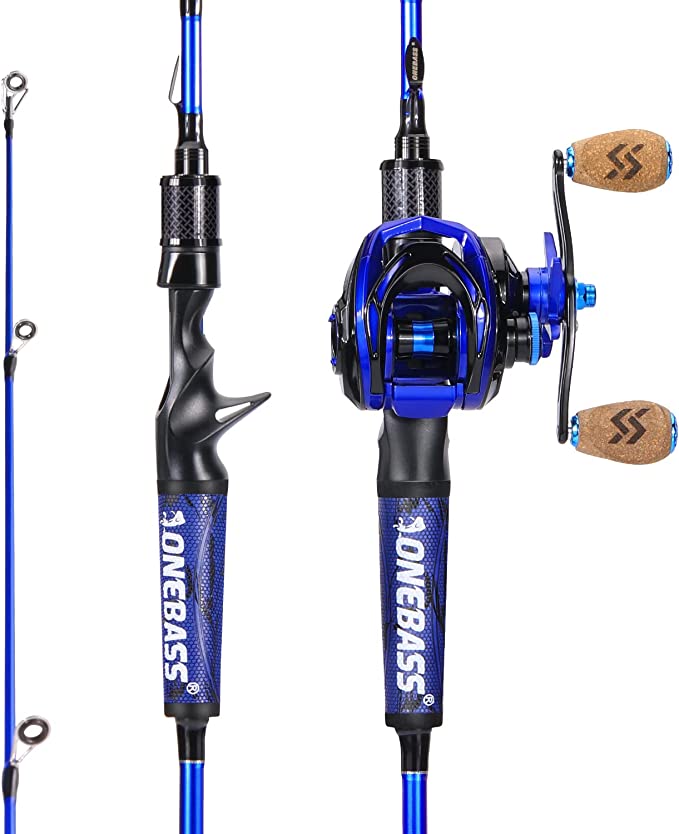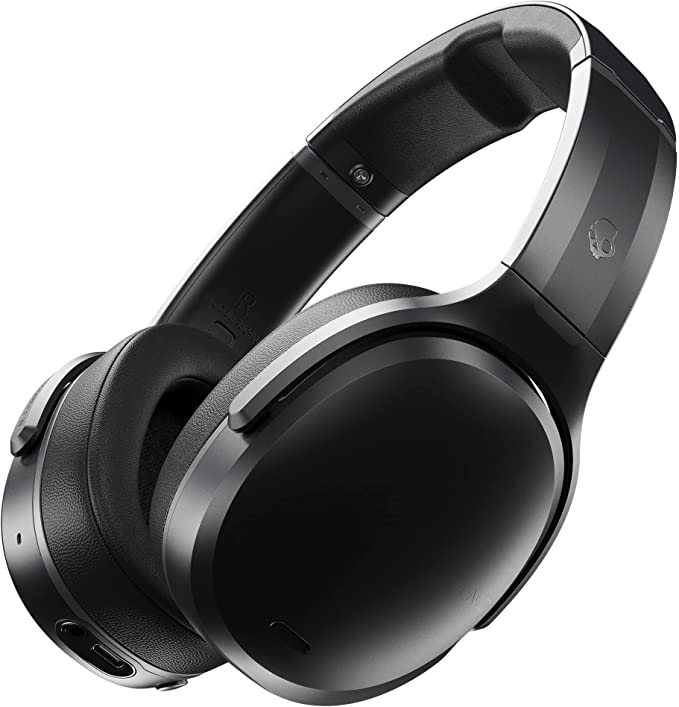The Flat Burr Entry Point: Mastering Your Morning Brew with the FOHERE 1428S
Update on Nov. 25, 2025, 5:55 p.m.
The Flat Burr Entry Point: Mastering Your Morning Brew with the FOHERE 1428S
If you are reading this, you are likely standing at a crossroads. Behind you is the violent, inconsistent world of the “blade grinder”—that little machine that hacks your beans into a mix of boulders and dust. Ahead of you lies the promise of better coffee, but the price tags on “pro” grinders are eye-watering.
Enter the FOHERE 1428S Electric Burr Coffee Grinder.
At a glance, it’s a budget-friendly appliance. But as your mentor in the world of extraction, I see something more interesting here. This machine uses Metallic Flat Burrs, a feature usually reserved for much more expensive equipment.
However, owning a budget grinder requires a bit of know-how. It’s not just about pressing a button; it’s about “hacking” the workflow to get results that punch way above their weight class. Let’s dismantle the mechanics of this machine and learn how to use it like a barista.

The Mechanics: Why “Flat Burrs” Matter
Most grinders in this price range use “Conical Burrs” (cone-shaped) or worse, “False Burrs” (block grinders with dull teeth).
The FOHERE 1428S uses Flat Burrs. Imagine two horizontal rings with sharp teeth facing each other. * The Physics: Flat burrs typically produce a very uniform particle size. This is called a “Unimodal Distribution.” * The Taste: Because the particles are all roughly the same size, they extract at the same rate. This tends to highlight sweetness, clarity, and chocolate notes, making it excellent for Drip Coffee and French Press.
Unlike blade grinders that rely on time (spin longer = finer), this machine relies on distance. By adjusting the gap between the burrs, you control the physical size of the grounds.
The “Static Monster” and How to Tame It
Let’s be real. One of the biggest complaints with plastic-body grinders like this is Static Electricity. You grind your beans, pull out the bin, and coffee chaff flies everywhere. It clings to the walls. It’s messy.
But I have a secret for you. It’s called The Ross Droplet Technique (RDT).
The Mentor’s Hack:
Before you dump your beans into the hopper:
1. Wet the handle of a spoon (or your finger) with a tiny bit of water.
2. Stir your whole beans with it.
3. That’s it.
That microscopic amount of moisture adds conductivity to the beans, allowing the static charge to dissipate as they pass through the burrs. * The Result: The grounds fall neatly into the bin. No mess. No clinging. This simple physics trick turns a “frustrating cheap grinder” into a clean, efficient tool.

Calibrating Your Daily Brew
The machine offers 18 Grind Settings. But numbers are arbitrary. Let’s translate these settings into actual brewing methods based on the physics of flow.
1. The Sweet Spot: Drip & Pour-Over (Settings 7-12)
This is where the FOHERE shines. The flat burrs produce a medium grind that looks like sea salt. * Why it works: This size offers enough resistance for the water to extract flavor without clogging the paper filter. If your coffee tastes bitter, move towards 12. If it’s sour, move towards 7.
2. The Heavy Hitter: French Press (Settings 14-18)
You want coarse chunks here, like breadcrumbs. * The Challenge: Budget grinders often produce “fines” (dust) even at coarse settings, which makes French Press muddy. * The Fix: Use the coarsest setting (18). After grinding, shake the bin gently. The big chunks stay on top, and the dust settles. Scoop from the top for a cleaner cup.
3. The Reality Check: Espresso (Settings 1-6)
The box says “Espresso.” As your mentor, I must tell you: Not quite.
True espresso requires a specialized, ultra-fine grind that creates 9 bars of resistance. While settings 1-3 are fine, they often lack the micro-adjustability needed for a real espresso machine.
* Use case: These fine settings are perfect for a Moka Pot or an AeroPress, which are more forgiving than an espresso machine but still need a fine, dense bed of coffee.

Maintenance: The Ritual of Longevity
Coffee beans contain oils. Over time, these oils coat the burrs and go rancid, making your fresh coffee taste old. Since you can easily disassemble the FOHERE (see the image below), maintenance is easy.
- Weekly: Remove the hopper and upper burr. Use the included brush to sweep out the “retention” (old grounds stuck inside).
- Monthly: If you use dark, oily roasts, run a handful of Grinder Cleaning Tablets (or plain white rice in a pinch, though tablets are safer) through it to absorb the oils.

Final Verdict: The Pragmatic Choice
The FOHERE 1428S is not a $500 boutique grinder. It won’t impress the snobs. But for the price of a few bags of beans, it gets you 90% of the way there.
It moves you away from the chaos of blade choppers and introduces you to the consistency of burr grinding. If you apply the RDT static hack and stick to Drip, Pour-over, or Moka Pot brewing, this little machine is the single best upgrade you can make for your morning routine.





























